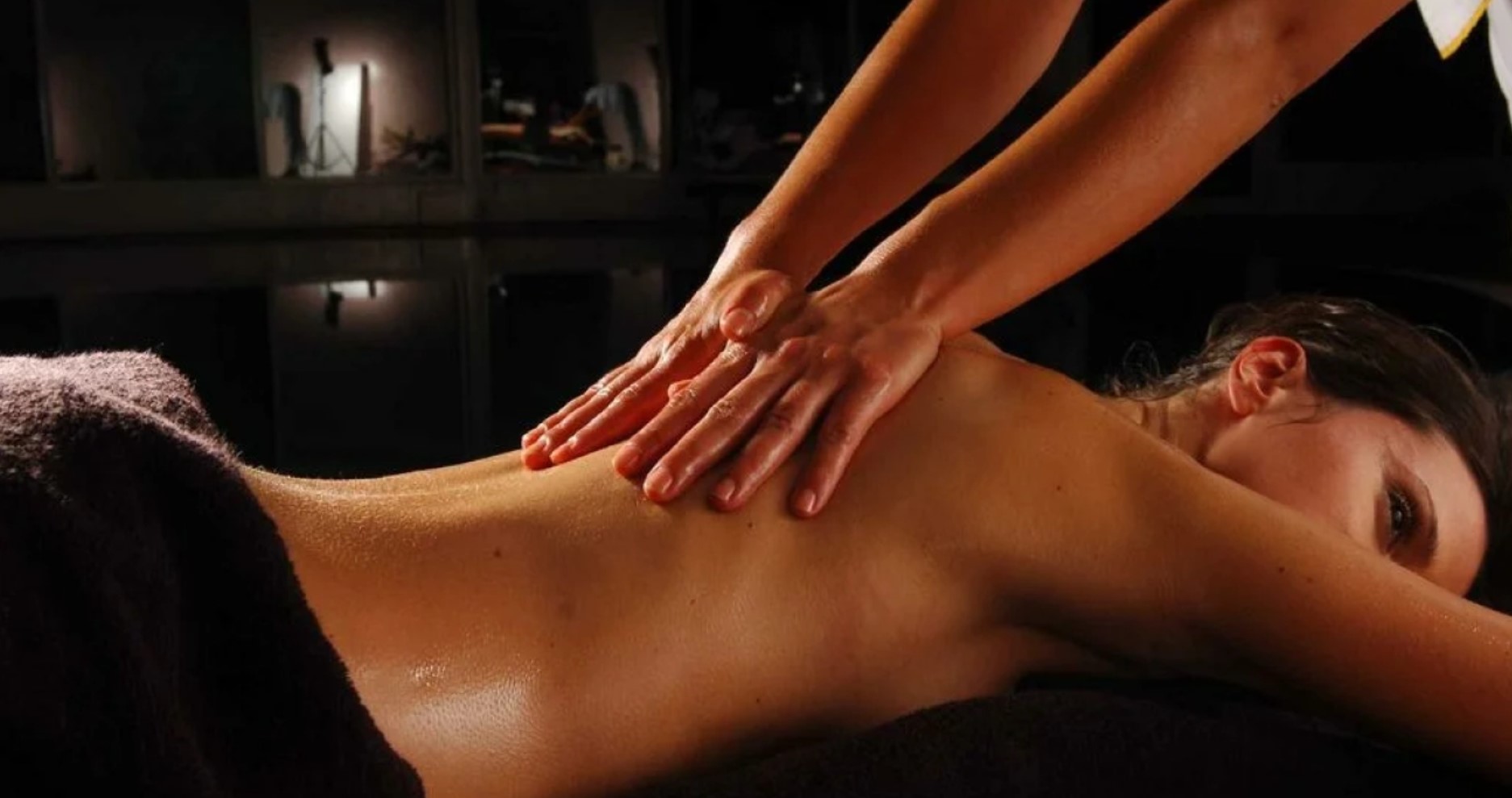From ancient civilizations to modern times, the practice of massage has held a unique place in human culture. This article offers a comprehensive exploration of the intriguing history of erotic massage. Dive into the past and discover how societies throughout history have approached sensual touch, its evolution, and the impact it has had on various aspects of human life.
Unearthing Ancient Origins
Long before recorded history, humans recognized the power of touch to heal, relax, and create connections. In ancient cultures like Egypt, China, and India, massage was considered an integral part of holistic well-being. The roots of erotic massage can be traced back to these civilizations, where it was often intertwined with spirituality, sensuality, and intimacy. Here’s a curated list that takes you on a voyage through the past:
- Mesopotamian Touch: In the cradle of civilization, the Mesopotamians embraced massage as a means of healing and relaxation. The tactile art of touch transcended the physical realm, symbolizing a connection between mortals and the divine.
- Egyptian Euphoria: Ancient Egyptians revered the human body as a vessel of divine energies. Massage, often infused with fragrant oils and aromatic herbs, was an integral part of both daily life and ritualistic practices.
- Chinese Wisdom: Traditional Chinese medicine recognized the flow of vital energy or “Qi” within the body. Massage techniques were designed to harmonize this energy, fostering balance and well-being.
- Indian Tantra: The ancient Indian philosophy of Tantra celebrated sensuality as a gateway to spiritual enlightenment. Erotic massage was an essential aspect of Tantric practices, merging the physical with the metaphysical.
- Greek Influence: The Greeks embraced the concept of “Eudaimonia,” a holistic state of well-being. Massage was a pivotal component of this philosophy, promoting physical health, mental clarity, and emotional equilibrium.
- Roman Relaxation: Romans indulged in lavish public baths and massage, creating an environment where socialization, relaxation, and pleasure converged.
- Medieval Manuscripts: Texts from the Middle Ages offer glimpses into the use of massage for treating ailments and promoting vitality. Monasteries preserved and passed down these healing traditions.
- Asian Arts: In Japan, Anma massage emerged as a fusion of traditional Chinese techniques and local practices. It laid the foundation for later forms of Japanese erotic massage.
- Islamic Insights: The Islamic Golden Age saw the translation and preservation of ancient texts, including those related to massage and well-being. Massage became intertwined with the pursuit of knowledge.
- Renaissance Revival: During the European Renaissance, a renewed interest in human anatomy led to the exploration of massage as a scientific practice. Medical scholars began to examine its physiological benefits.
Sacred Sensuality in Eastern Traditions
The Eastern world harbored a deep reverence for the balance between mind, body, and spirit. Erotic massage was embraced as an art form that honored the divine within each individual. In Tantric practices, sensual massage played a pivotal role in awakening spiritual energies and fostering intimacy between partners. This ancient philosophy celebrated pleasure as a path to enlightenment, intertwining eroticism with personal growth.
Renaissance of the Senses: 18th and 19th Centuries
As societies evolved, so did the perception of erotic massage. The 18th and 19th centuries witnessed a rekindling of interest in the human body’s capacity for pleasure. Influential figures like the French courtesan Madame du Barry and the famed British physician John Harvey Kellogg explored the boundaries of sensual touch. The dichotomy between scientific advancement and societal conservatism shaped the way people viewed eroticism during this era.
The Modern Transformation
The 20th century brought both liberation and censorship to the world of erotic massage. With the sexual revolution, discussions about pleasure and intimacy became more open. However, the line between legitimate practice and illicit services blurred, leading to legal battles and varying societal attitudes. As the world becomes more interconnected, diverse cultural perspectives on erotic massage intertwine, creating a global tapestry of experiences.
Exploring Cultural Diversity
Across the globe, cultures have embraced and redefined erotic massage in unique ways. In Japan, the art of Nuru massage focuses on full-body contact and shared intimacy. In Thailand, the ancient practice of Nuat Phaen Boran, or traditional Thai massage, embodies the balance of physical and spiritual energies. These distinct approaches highlight the interplay between cultural values, historical context, and the human pursuit of pleasure. Embark on a journey of cultural discovery with this curated list:
- Japanese Nuances: Japan’s Nuru massage embraces the sensual art of body-to-body contact, using seaweed-based gel to heighten tactile sensations. This practice blends pleasure with the pursuit of closeness.
- Thai Traditions: Nuat Phaen Boran, or traditional Thai massage, is a holistic experience that merges acupressure, stretching, and meditation. It reflects the Thai belief in the interconnectedness of physical and spiritual energies.
- Indian Embrace: In India, the Kama Sutra not only illustrates diverse sexual positions but also emphasizes the importance of touch, massage, and intimacy in relationships.
- Indonesian Harmony: Balinese massage is more than a physical experience—it’s a spiritual journey that harmonizes the body, mind, and spirit, drawing from the island’s ancient traditions.
- Chinese Wisdom: Tui Na, the Chinese form of therapeutic massage, targets energy meridians to restore balance. It showcases the ancient wisdom of harnessing touch for holistic healing.
- Middle Eastern Sensuality: Throughout history, Middle Eastern cultures have celebrated sensual touch, with hammams (public baths) serving as communal spaces for relaxation, cleansing, and socialization.
- African Traditions: Indigenous African cultures have long recognized the power of touch for healing and connection. Ritualistic practices often incorporate massage as a means of spiritual renewal.
- Native American Wisdom: Many Native American tribes incorporate massage-like techniques in their healing practices, recognizing the importance of physical touch in restoring well-being.
- European Variations: In Europe, the diversity of massage practices reflects the continent’s intricate tapestry of cultures. From Swedish massage to Russian banya rituals, each approach carries its unique signature.
- Latin American Fusion: Latin American countries infuse massage with their vibrant cultural identities. The ancient Mayans, for example, used cacao-infused massages as part of spiritual ceremonies.
The Intersection of Pleasure and Wellness
In the 21st century, a paradigm shift has occurred, merging the domains of pleasure and wellness. As scientific research validates the positive effects of touch on mental and physical health, the stigma surrounding erotic massage gradually dissipates. Professionals in the field advocate for informed consent, ethical practices, and the recognition of human desires as integral to overall well-being.

